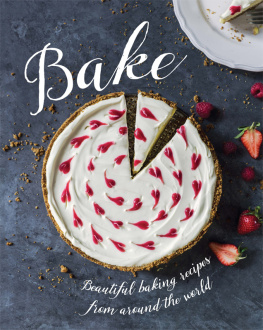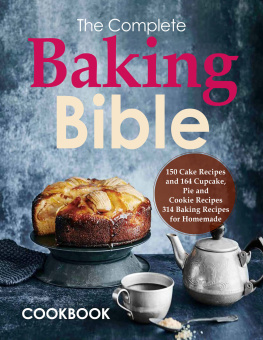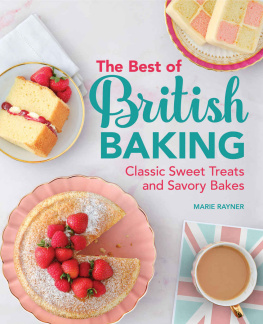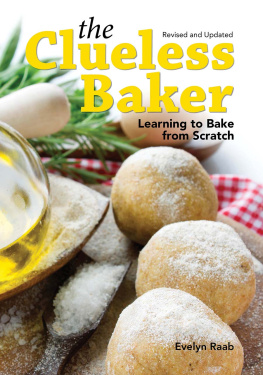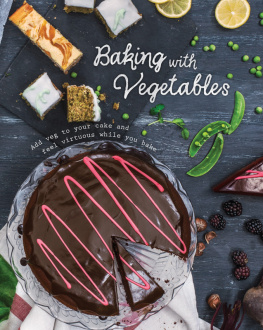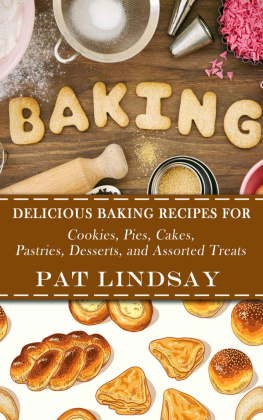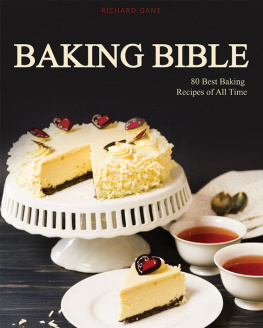This edition published by Parragon Books Ltd in 2015
Parragon Inc.
440 Park Avenue South, 13th Floor
New York, NY 10016
www.parragon.com/lovefood
LOVE FOOD is an imprint of Parragon Books Ltd
Copyright Parragon Books Ltd 20132015
Copyright 2016 SIL International with Reserved Font Name Gentium Basic.
Copyright 2016 Hubert and Fischer with Reserved Font Name Rubik.
Sorts Mill Goudy Copyright 2010 Barry Schwartz
LOVE FOOD and the accompanying heart device is a registered trademark of Parragon Books Ltd in the USA, the UK, Australia, India, and the EU.
All rights reserved. No part of this publication may be reproduced, stored in a retrieval system, or transmitted, in any form or by any means, electric, mechanical, photocopying, recording, or otherwise, without the prior permission of the copyright holder.
ISBN 978-1-4723-8797-4
Cover design by Persephone Coelho
Cover photography by Max and Liz Haarala Hamilton
Cover food styling by Sara Lewis
New recipes written by Edward Gee
Edited by Fiona Biggs
Created by 99 PAGES
Bundt is a registered trade mark of Northland Aluminium Products, Inc.
Notes for the Reader
This book uses standard kitchen measuring spoons and cups. All spoon and cup measurements are level unless otherwise indicated. Unless otherwise stated, milk is assumed to be whole, eggs are large, individual vegetables are medium, pepper is freshly ground black pepper, and salt is table salt. Unless otherwise stated, all root vegetables should be peeled prior to using.
The times given are an approximate guide only. Preparation times differ according to the techniques used by different people, and the cooking times may also vary from those given.

BakingThe History of Humanity
Bread, cakes, and biscuits are a central feature of almost every food culture, whether in the Americas, Europe, Africa, Asia, or Australasia. In fact, baking is one of the principal achievements in the history of humankind.
M any customs and traditions have been and still are associated with baking. Baked goods have traditionally been viewed as a symbol of the gods, because ancient cultures believed that the gods invented the art of baking and then taught it to the people. The Greeks worshipped Demeter, the goddess of grain and fertility. The Roman goddess of agriculture was called Ceres. The word cereal derives from her name.
Over the centuries, thousands of recipes for bread have evolved all over the world. Although the origins of baking are unclear, there are few civilizations where baked goods are not a staple food. Ever since we ceased to be nomadic, we have been cultivating cereal grains. The grain obtained was usually eaten raw and whole and was not very easy to digest. At some point people had the idea of grinding the grain between two stones and then mixing it with water. Between BC 6000 and 3000, this method spread throughout the East to Egypt, China and India. By adding water, milk, and fat to the ground grain, a dough mixture was made that is still a basic component of the daily diet of 60 per cent of the worlds population today.
However, at that time, bread and cakes in the modern sense were unknown. The mixture was baked into small, round cakes on heated stones or placed in hot ashes. Archaeological findings in Bulgaria show that a type of basic ceramic oven was already in use around BC 300. Another early type of oven was known as a tube oventhese were heated from within and flat bread was placed on the outside. In India, a similar process is still used, with flat bread being cooked on the walls of mud huts that are heated by the sun.
Early flat bread was an ideal food for taking on long distance journeys as its low water content meant that it kept fresh for a long time. This made it a practical food for Bronze Age hunters in around BC 2000 and it was also later used by the Vikings. In Finland and some Alpine countries, there was also a hole in the center of the bread that was used for stringing it up to protect the bread from mice. The holes that are still to be found in bagels are a relic of this practical, everyday solution.
Archaeological artefacts from different parts of the eastern Mediterranean suggest that dough mixture was fermented to leaven for the first time in around BC 1800. This discovery is attributed to the Egyptians who noticed that dough that was left standing for longer periods was looser. Their logical conclusion was that a looser dough would produce a softer bake, rather than hard flat breadsthis observation led to the development of early leavened breads and, eventually, cake!
In Egypt in BC 1500, clay ovens were developed and they began to be used in peoples homes. In BC 1000, portable ovens, which were 3-foot tall pots made of stone or metal, were also created. This ground-breaking invention was followed in rapid succession by improvements in milling and baking technology. The Greeks took their lead from the Egyptians and started leavening the flour to produce sourdough. The Germans also got in on the act and introduced leavened bread in BC 800. In around 50 AD, the Romans began to sift the crushed, wholemeal grains. By 400 AD, there were already more than 250 bakeries in Rome, some of them large factories, grinding and processing up to 30 tons of grain daily.
One of the most recognized and outstanding accomplishments by the German chemist Justus Liebig (18031873) was the invention of a nitrogen-based fertilizer. This developed into a product that started to be used in baking instead of yeast, for people who found yeasts strong fermentation flavor undesirable. This product was baking powder, which was revolutionary in home baking.
H owever, for the majority of the population, good quality leavened bread still remained out of reach for many hundreds of years. It wasnt until the sixteenth century that flat breads were gradually replaced by leavened breads in Northern and Central Europe, and fine bread was still only eaten at court. This meant that social class could be assessed by the type of bread people ate: the harder and rougher the bread, the lower a persons status.
Documents on brewing beer from the beginning of the sixteenth century provide accurate information about the development of the systematic cultivation of yeast, which meant that leavened bread soon became more widely available. Rapid increases in population brought about the transition from baking at home to baking in commercial bakeries, so as to guarantee a daily supply of bread. Improved sifting devices, mechanized roller mills for grinding the grain, and harvest machines all contributed to making the flour finer still.
In the early nineteenth century, German chemist Justus Liebig made the ground-breaking discovery that potassium salt added to soda loosened the batter in a similar way to yeast. This discovery led to the use of baking powder in baking, still an essential ingredient today. It ensures that a mixture rises well, giving a light and fluffy result. This advance led, inevitably, to the baking of cakes on an industrial scale, adding sweetness and luxury to the lives of generations.

